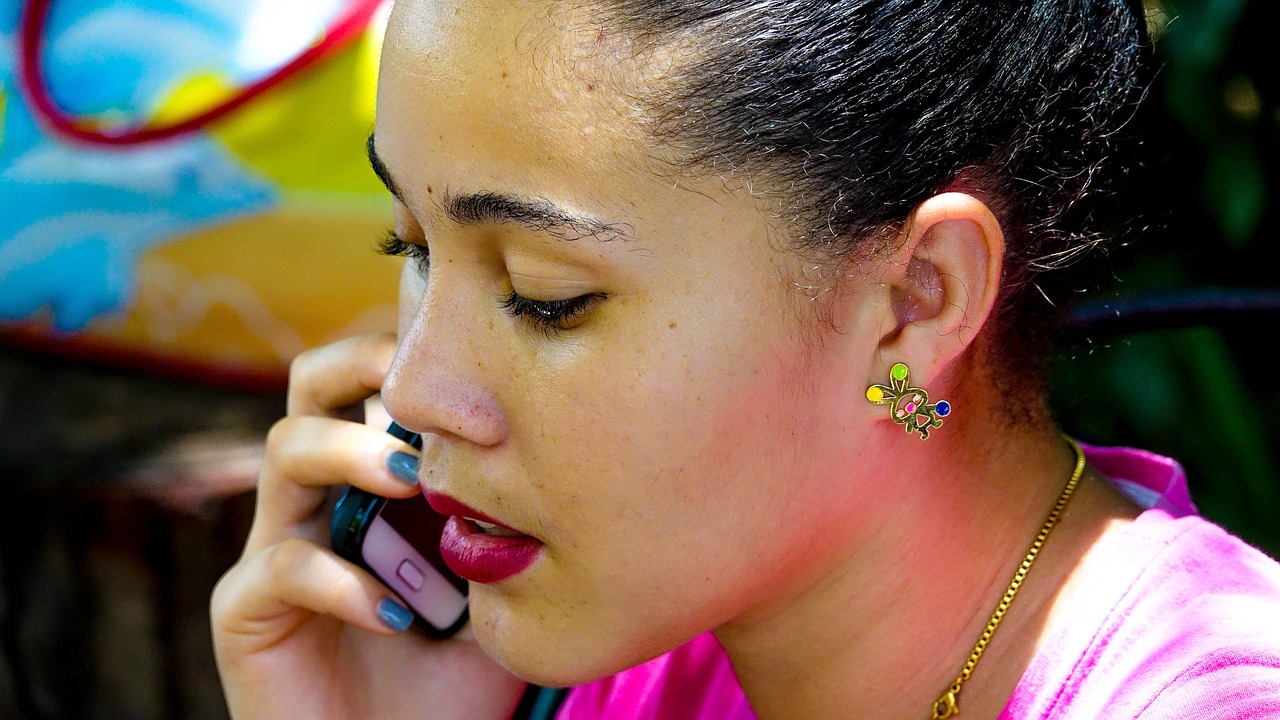Current Topics in Mental Health: The 988 Suicide & Crisis Lifeline

On July 16, 2022, the 988 Suicide & Crisis Lifeline, formerly known as the National Suicide Prevention Lifeline, was implemented across the United States. This lifeline provides streamlined access to crisis counselors who are trained to help people experiencing mental health, substance use, and suicidal crisis. It is accessible by calling or texting 988, or by visiting 988lifeline.org for live chat, making it easier for people to quickly access the crisis care they need without having to remember the old 10-digit number.
The need for easier access to crisis care was bolstered by an increase in suicide rates by nearly 30% over the past two decades. According to the CDC, suicide was the 12th leading cause of death in 2020, with it claiming the lives of nearly 46,000 people. While suicide affects people of all ages, it is the second leading cause of death for ages 10 to 14 and 25 to 34 and third leading cause of death for ages 15 to 24, making it a particular concern among youth and young adults.
There are several factors that increase suicide risk at the individual, relationship, community, and societal levels, therefore there is not a one-size-fits-all approach for addressing the suicide crisis. Some of these factors, including job loss, substance misuse, social isolation, and lack of access to health care, have been exacerbated by the COVID-19 pandemic. Now more than ever, it is important to implement policies and programs that provide supports for people in crisis.
The 988 Suicide & Crisis Lifeline is now a national priority, with federal investments totaling $432 million from the Biden-Harris Administration’s FY 2022 budget, American Rescue Plan, and Bipartisan Safer Communities Act. This program, which previously had an annual budget of $24 million, was able to significantly boost its capacity this year. Notably, crisis counselors responded to 152,000 more calls, texts, and live chats compared to August 2021, and decreased the average speed to answer from 2.5 minutes to 42 seconds. Additionally, the answer rates for chat and text saw the highest increase, climbing to 97% and 98% respectively.
The success of this program relies on continued investments by each state, as 988 call centers are operated at the state level. Although the National Suicide Hotline Designation Act of 2020 allows states to charge telecommunication fees to financially support the program, very few states have implemented these charges so far. While many states saw an increase in answer rates, four states, including Florida, Wisconsin, Arkansas, and South Carolina, saw a decline, which may be attributed to increased call volume along with a lack of support to fund of study 988.
The implementation of 988 is an important step, but in some cases, talking to a crisis counselor over the phone is not enough to deescalate a crisis situation. Ideally, widespread infrastructure should also be put in place to support mobile crisis teams, or teams of mental health professionals that can travel and deescalate crisis situations in-person.
Finally, as data from the 988 Lifeline continue to be collected, it will be important to run frequent evaluations and methodically refine the program to ensure that it remains helpful to those who need its services the most.
For additional information about suicide prevention efforts, check out our September 14, 2022, Alliance Discussion with Robert Gebbia, Chief Executive Officer, American Foundation for Suicide Prevention.




